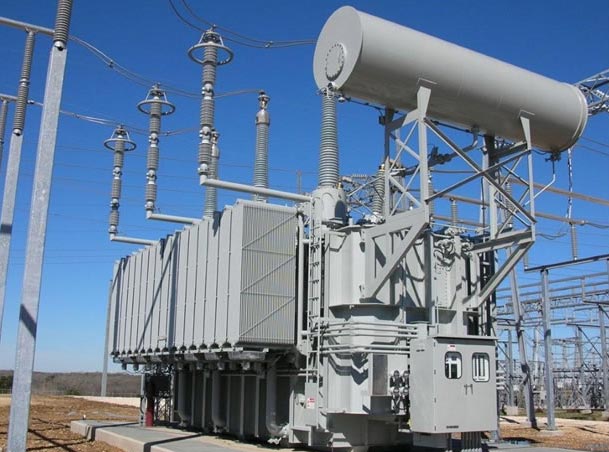In the vast and complex landscape of the energy sector, industrial power transformers play a pivotal role in ensuring a reliable and efficient supply of electricity. These robust and indispensable devices facilitate the transformation and distribution of electrical power across industrial facilities and power grids. As the demand for electricity continues to grow, understanding the significance of industrial power transformers becomes ever more crucial. In this article, we will explore the vital role these transformers play in the energy sector and how they contribute to powering industries and economies.
Page Contents
Power Generation and Transmission:
Industrial power transformers are fundamental components in power generation facilities, such as thermal power plants, hydroelectric power plants, and nuclear power plants. These power plants generate electricity at different voltage levels, and before it can be transmitted across long distances, the generated electricity needs to undergo voltage transformation.
Step-up transformers are employed to increase the voltage of the generated electricity to high levels, minimizing transmission losses over long distances. High-voltage transmission lines carry this electricity to substations, where step-down transformers lower the voltage to suitable levels for distribution.
Electricity Distribution:
Distribution transformers form the backbone of electricity distribution networks. These transformers, typically located on utility poles or at ground-level substations, further reduce the voltage from the transmission level to levels appropriate for residential, commercial, and industrial consumption.
Efficient distribution transformers help ensure that electricity reaches consumers with minimal losses, thereby optimizing energy use and reducing overall costs.
Load Balancing:
In industrial applications, the demand for electricity can vary significantly throughout the day. To maintain a stable electrical supply, load balancing is essential. Industrial power transformers aid in load balancing by adjusting the distribution of electrical power between different parts of the grid.
By diverting power to areas with higher demand and away from areas with lower demand, these transformers help prevent overloads and ensure a consistent and reliable energy supply.
Voltage Regulation:
Fluctuations in voltage can be detrimental to sensitive industrial equipment and processes. Industrial power transformers play a crucial role in maintaining voltage regulation, ensuring that the output voltage remains stable regardless of variations in the input voltage or load conditions.
Stable voltage levels prevent equipment damage, enhance operational efficiency, and guarantee the smooth functioning of industrial processes.
Power Quality Improvement:
Power quality is a measure of the electrical supply’s suitability for supporting industrial equipment and machinery. Issues like voltage sags, surges, and harmonic distortions can lead to equipment malfunction, productivity losses, and increased maintenance costs.
Industrial power transformers, when equipped with appropriate features and technologies, can mitigate power quality issues by providing isolation, filtering, and voltage correction.
Renewable Energy Integration:
The energy landscape is rapidly shifting towards sustainable sources, such as solar, wind, and tidal power. However, these renewable sources often generate electricity at fluctuating voltage levels, which might not align with the grid’s requirements.
Industrial power transformers play a vital role in integrating renewable energy sources into the grid by adapting the generated electricity to match the grid’s specifications. They help ensure a seamless and stable integration of renewable energy into the existing power infrastructure.
Resilience and Reliability:
The reliability of the power supply is of paramount importance in industrial settings. Any interruption or downtime can lead to substantial financial losses. Industrial power transformers are designed with robustness and redundancy in mind to enhance the resilience and reliability of the electrical supply.
Moreover, some industrial transformers are equipped with protective features like temperature sensors, oil level indicators, and cooling systems to ensure safe and efficient operation.
Conclusion:
Industrial power transformers serve as the backbone of the energy sector, enabling the efficient transmission and distribution of electrical power across industrial facilities and power grids. From power generation to load balancing, and voltage regulation to power quality improvement, these transformers are indispensable for supporting industrial processes and powering economies.
As the world embraces a more sustainable energy future, industrial power transformers will continue to play a vital role in integrating renewable energy sources into existing power grids, ensuring a reliable, resilient, and environmentally friendly energy supply for generations to come. The advancements in transformer technology will further enhance their efficiency, performance, and ability to adapt to the ever-evolving energy landscape.

Leave a Reply